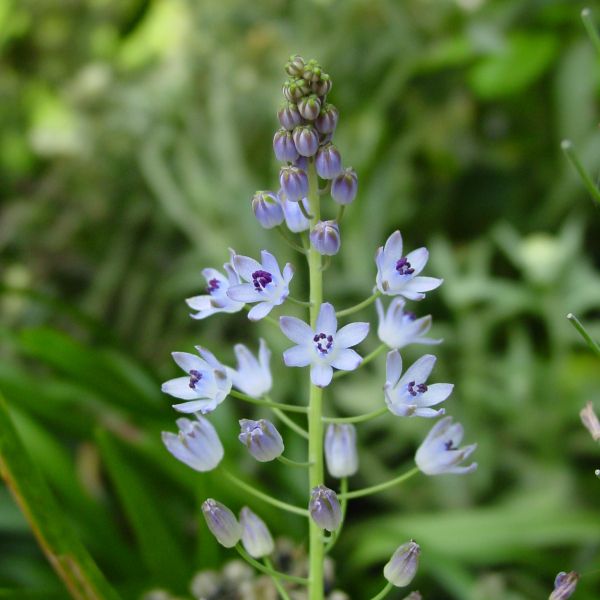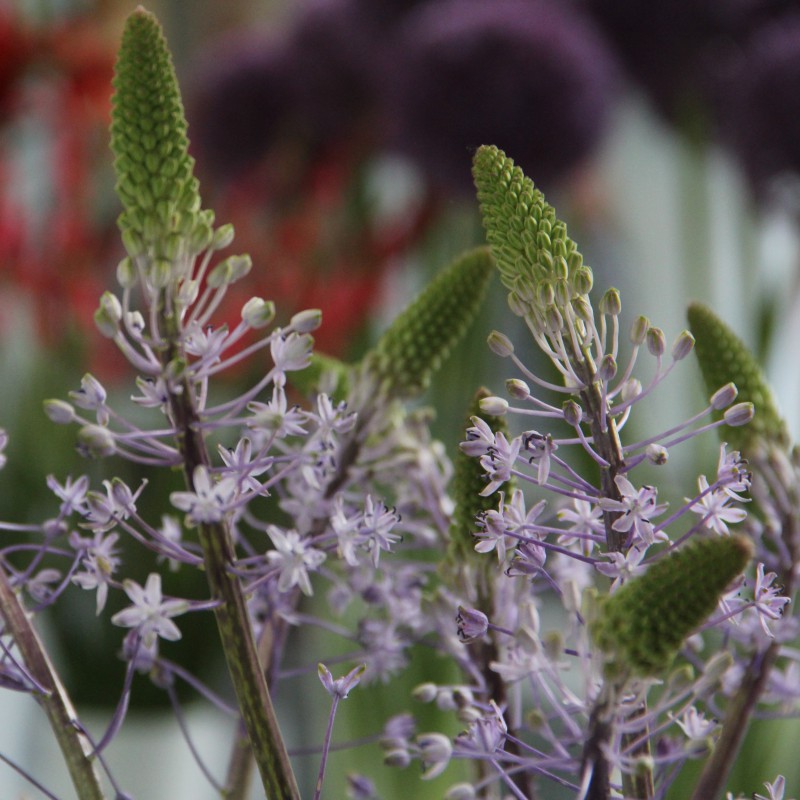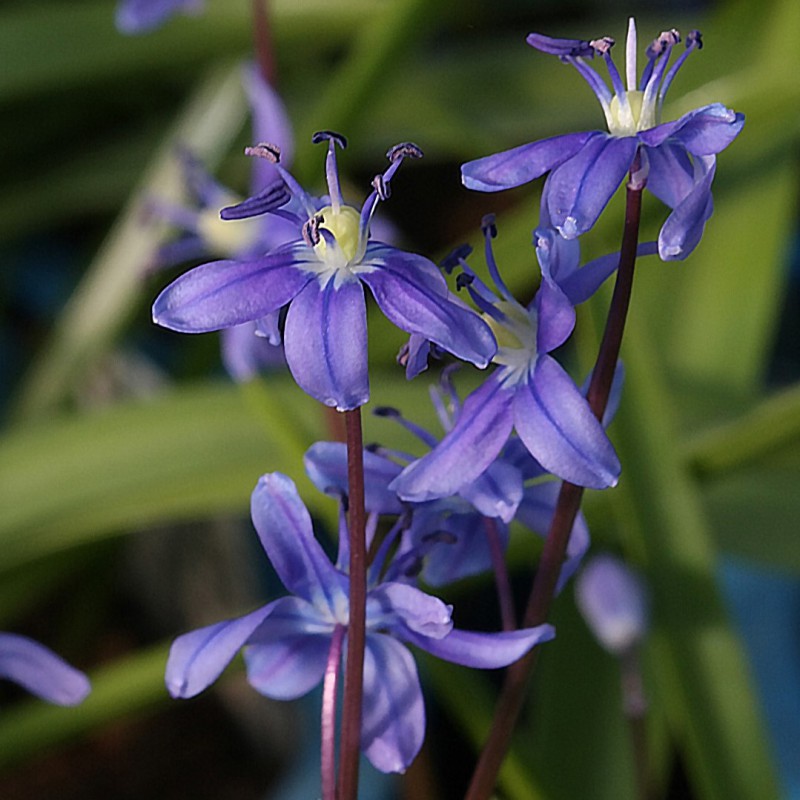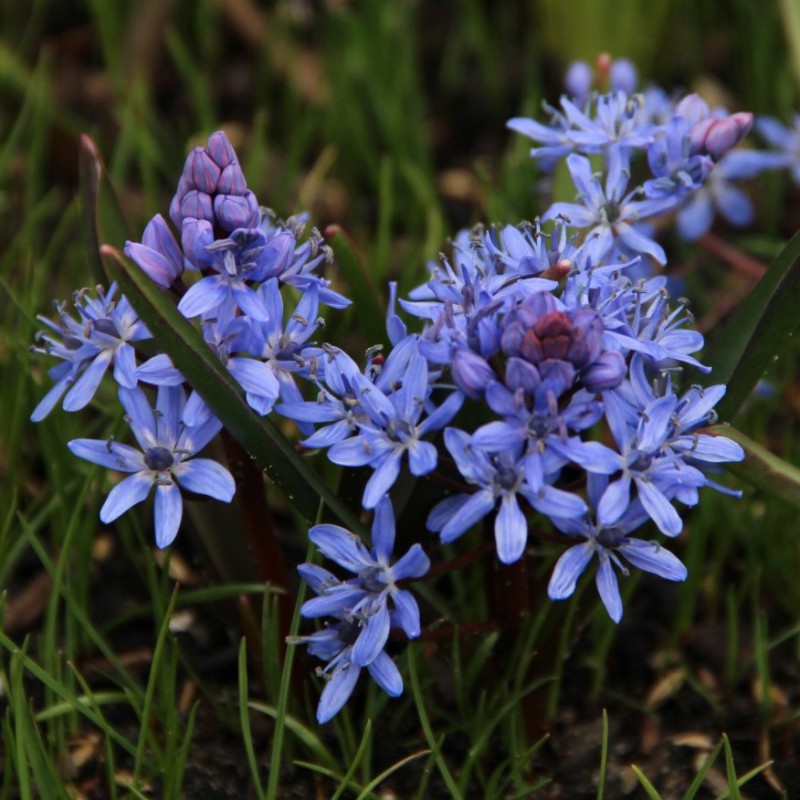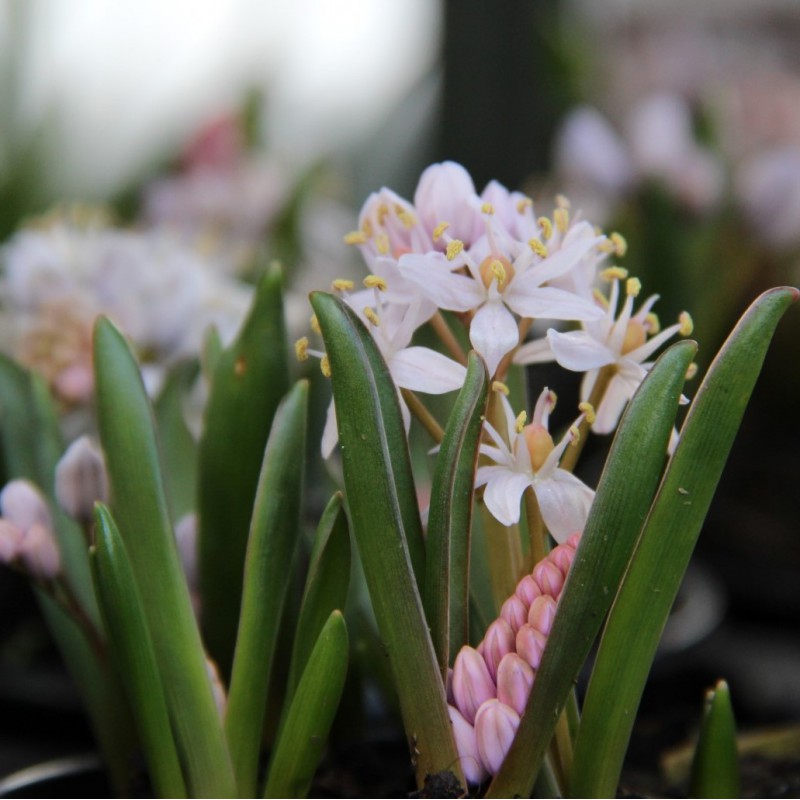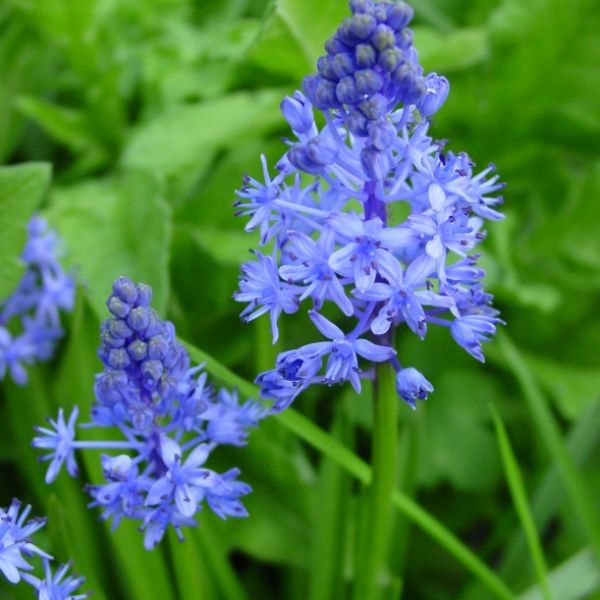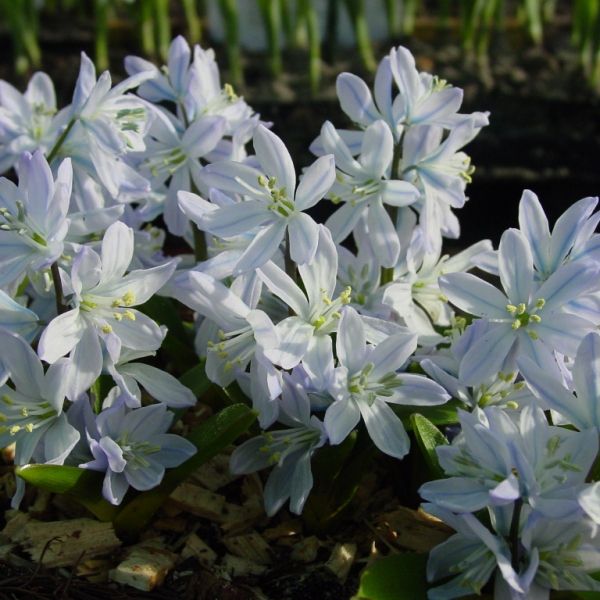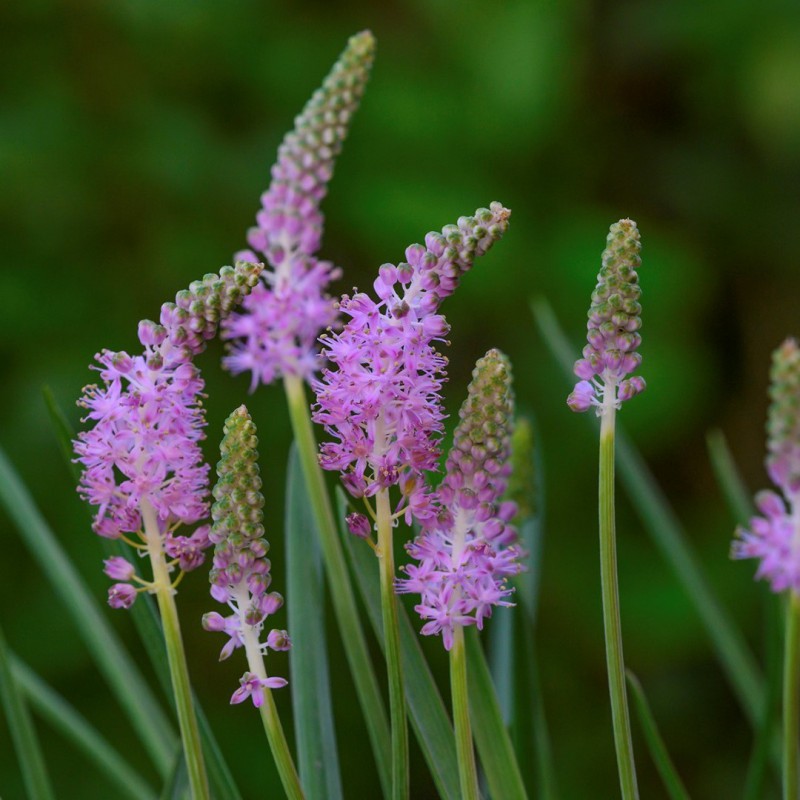Nijssen Tuin & Bulbs Heemstede | Official site of Peter C. Nijssen
shopping_cart
My Cart
€0.00
0
Menu
- +Nieuwe Oogst, flower bulbs
- New in 2024.
- Aanbiedingen grootverbruik
- Collection of nursery De Schüllhorn
- Autumn-flowering bulbs
- Native bulbs
- Allium
- Anemone
- Arum
- Bellevalia
- Brimeura
- Calochortus
- Camassia
- Chionodoxa
- Colchicum
- Convallaria
- Corydalis
- Crocus, herfstbloeiend
- Crocus, voorjaarsbloeiend
- Cyclamen
- Dichelostemma
- Eranthis
- Eremurus
- Erythronium
- Fritillaria
- Fritillaria CROWN
- Galanthus
- Galanthus uit Engeland
- Geranium
- Gladiolus
- Hermodactylus
- Hyacinthoides
- Hyacinthus
- Ipheion
- Iris
- Ixia
- Ixiolirion
- Leucojum
- Lilium
- Lilium martagon en hybriden
- Muscari
- Narcissus
- Nectaroscordum
- Ornithogalum
- Oxalis
- Puschkinia
- Scilla
- Sternbergia
- Tecophilaea
- Trillium
- Triteleia
- Tulbaghia
- Tulipa
- +Tulpen, overig
- Bij-vriendelijke bloembollenpakketten
- Overige Historische Bolgewassen
- +Daffodil website
- Division 1 Trompetnarcissen
- Division 2 Grootkronige narcissen
- Division 3 Kleinkronige narcissen
- Division 4 Dubbelbloemige narcissen
- Division 5 Triandrus narcissen
- Division 6 Cyclamineus narcissen
- Division 7 Jonquilla narcissen
- Division 8 Tazetta narcissen
- Division 9 Poeticus narcissen
- Division 10 Bulbocodium narcissen
- Division 11 Spleetkronige en vlinderbloemige narcissen
- Division 12 Overige narcissen
- Division 13 species en wildvormen
- +Historicalbulbs
- +Bulbs for indoors
- +Gardening supplies
- +Summer Flowering Bulbs
- +Seeds
- +Organic seeds
Categories
- New in 2024.
- Aanbiedingen grootverbruik
- Collection of nursery De Schüllhorn
- Autumn-flowering bulbs
- Native bulbs
- Allium
- Anemone
- Arum
- Bellevalia
- Brimeura
- Calochortus
- Camassia
- Chionodoxa
- Colchicum
- Convallaria
- Corydalis
- Crocus, herfstbloeiend
- Crocus, voorjaarsbloeiend
- Cyclamen
- Dichelostemma
- Eranthis
- Eremurus
- Erythronium
- Fritillaria
- Fritillaria CROWN
- Galanthus
- Galanthus uit Engeland
- Geranium
- Gladiolus
- Hermodactylus
- Hyacinthoides
- Hyacinthus
- Ipheion
- Iris
- Ixia
- Ixiolirion
- Leucojum
- Lilium
- Lilium martagon en hybriden
- Muscari
- Narcissus
- Nectaroscordum
- Ornithogalum
- Oxalis
- Puschkinia
- Scilla
- Sternbergia
- Tecophilaea
- Trillium
- Triteleia
- Tulbaghia
- Tulipa
- Tulpen, overig
- Bij-vriendelijke bloembollenpakketten
- Overige Historische Bolgewassen
New EU-VAT-Directives:
Due to new EU VAT guidelines, the VAT rate of the country of destination must be calculated. If you order from outside the Netherlands, this will affect the total price of your order.
Filter By
Scilla
Scilla (hurt, harm) was the word used by Hippocrates in reference to the roots containing a violent poison. The scilla commonly used by the Romans and Greeks is the plant we now know as Urginea maritima (Sea onion). The genus Scilla includes about 100 species, but quite a few of these have been absorbed into other genera in recent years (e.g. Scilla non-scripta is now called Hyacinthoides non-scripta). They occur in both tropical and temperate regions from South Africa to the Mediterranean and other parts of Europe and Asia. The star hyacinth belongs in calcareous and humus-poor sandy soil that should not be too dry. Naturalising!
Scilla
Sort by:
Showing 1-13 of 13 item(s)
Active filters
. Delivery from the end of Augustus 2024
. Delivery planting time sept-nov. 2024
Intro: 1753. Origin: large parts of Europe (including the British Empire), North Africa and West Asia. As the name implies, this is a species that blooms in late summer or autumn (autumnale) flowering. The narrow and grassy leaves appear before...
Out-of-Stock
€5.75
Uitverkocht
Scilla 'Blue Arrow'
. Delivery planting time sept-nov. 2024
A tall Scilla registered in 2019 by De Schüllhorn Nursery. The elongated flower cluster, up to 40 cm long, bears many small violet-blue flowers attached to the flower stem on three-centimetre-long stalks. The leaves are green and upright....
€7.95
. Delivery planting time sept-nov. 2024
Scilla amoena
. Delivery planting time sept-nov. 2024
Native to central and south-eastern Europe, especially in the Tyrol and native to France. Known since 1596. Several flower stalks develop from each bulb, reaching 15 cm in height, each with three to five star-shaped, bright blue flowers. Until...
€3.50
. Delivery planting time sept-nov. 2024
Scilla bifolia
. Delivery planting time sept-nov. 2024
Intro: 1568, in the Netherlands since 1594. Origin: Central and Southern Europe and Asia Minor. An early flowering (March) and fragrant species. The sheathing leaves are often two in number (bifolia) and placed on one side of the flower stalk....
€4.50
. Delivery planting time sept-nov. 2024
Scilla bifolia 'Rosea'
. Delivery planting time sept-nov. 2024
Several pink forms of Scilla bifolia are known, from almost white to deep pink. Not all are reliable, strong-growing clones. The offering concerns a beautiful soft pink form, in culture since 1601 and great for naturalising
€4.50
. Delivery planting time sept-nov. 2024
Scilla litardierei
. Delivery planting time sept-nov. 2024
Intro: 1827. Origin: Dalmatia, the former Yugoslavia and the Western Balkans. The only 15 cm tall flower stem, surrounded by dark green narrow leaves, carries 15 to 70 star-shaped soft lilac to lavender blue flowers, positioned close together and...
€2.75
. Delivery planting time sept-nov. 2024
Scilla melaina
. Delivery planting time sept-nov. 2024
Native to the mountains of southwestern Turkey. The bright sky-blue flowers appear up to five per flower stalk. Often three flower stalks per bulb. Somewhat similar in growth and vigour to S. sibirica, but distinctive in colour. For a cool...
€4.95
. Delivery planting time sept-nov. 2024
Scilla mesopotamica
. Delivery planting time sept-nov. 2024
A very early-flowering Scilla, originally occurring in the mountains of northeastern Turkey, above Lake Van. This beautiful Scilla was discovered in 1979 and initially as an unknown species, the Botanical Garden in Gothenburg hung the label Scilla...
€6.50
. Delivery planting time sept-nov. 2024
Scilla mischtschenkoana 'Tubergeniana'
. Delivery planting time sept-nov. 2024
Intro: 1931. Origin: northwest of Iran (Tabriz) and the Caucasus. The few leaves are narrow and line to duct-shaped. The flower clusters, which seem to grow directly from the ground, consist of star-shaped, somewhat nodding, very light blue...
€3.50
. Delivery planting time sept-nov. 2024
Scilla puschkinioides
. Delivery planting time sept-nov. 2024
Native to Central Asia, mainly in the Pamir-Alay and Ala Tau Mountains in Kyrgyzstan. The most beautiful form originates near Kugart. Three to six greyish white flowers with a hint of blue in a fine cluster. Reminiscent of Puschkinia. Needs a dry...
€3.50
. Delivery planting time sept-nov. 2024
Scilla scilloides
. Delivery from the end of Augustus 2024
. Delivery planting time sept-nov. 2024
(Synonym: Barnardia japonica). A Scilla native to China and Japan, whose leaves develop late summer, just before the flower spikes appear. The purple-pink star-shaped flowers are only 5 mm and are densely packed. Besides being said to be...
€6.50
. Delivery from the end of Augustus 2024
. Delivery planting time sept-nov. 2024
Scilla siberica
. Delivery planting time sept-nov. 2024
Intro: 1796. Origin: Southeast Europe, the Caucasus, Anatolia and southeast Asia. The bright blue, nodding, star- to bell-shaped flowers are marked on each petal by a dark blue central vein. The best-known Scilla, very suitable for naturalising.
€4.50
. Delivery planting time sept-nov. 2024
Scilla siberica 'Alba'
. Delivery planting time sept-nov. 2024
A white-flowering squill with the same properties as S. siberica. Native to the forests and meadows in the Caucasus, Crimea and northern Iran.
€4.75
. Delivery planting time sept-nov. 2024
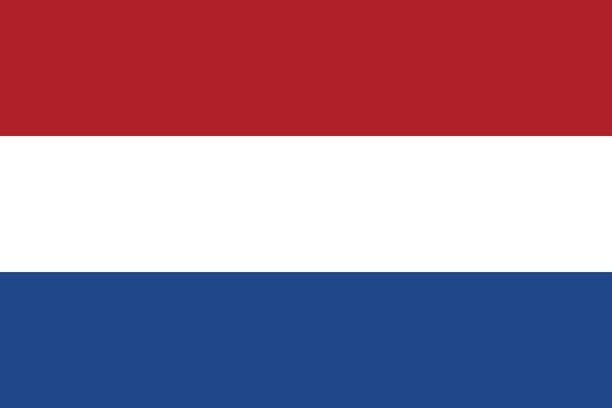
 Nijssenbulbs.com
Nijssenbulbs.com

